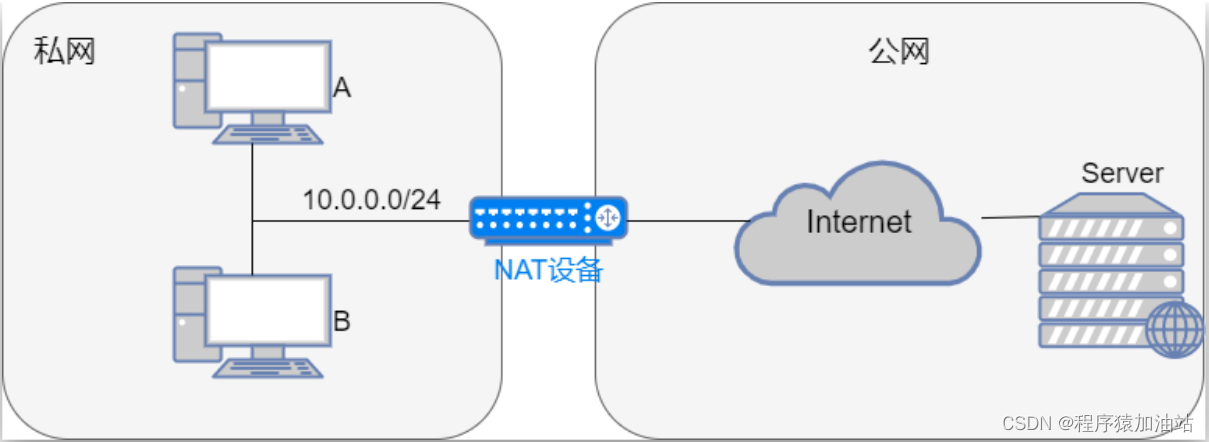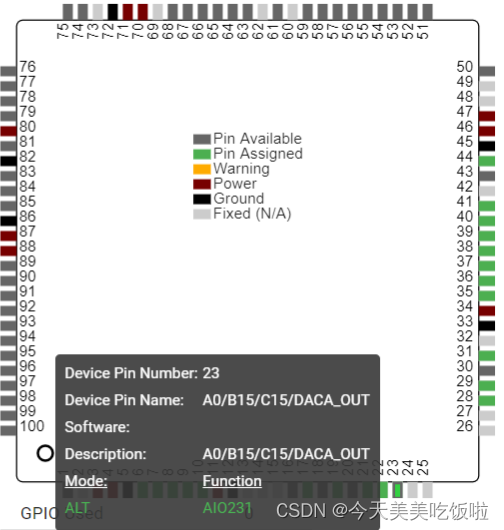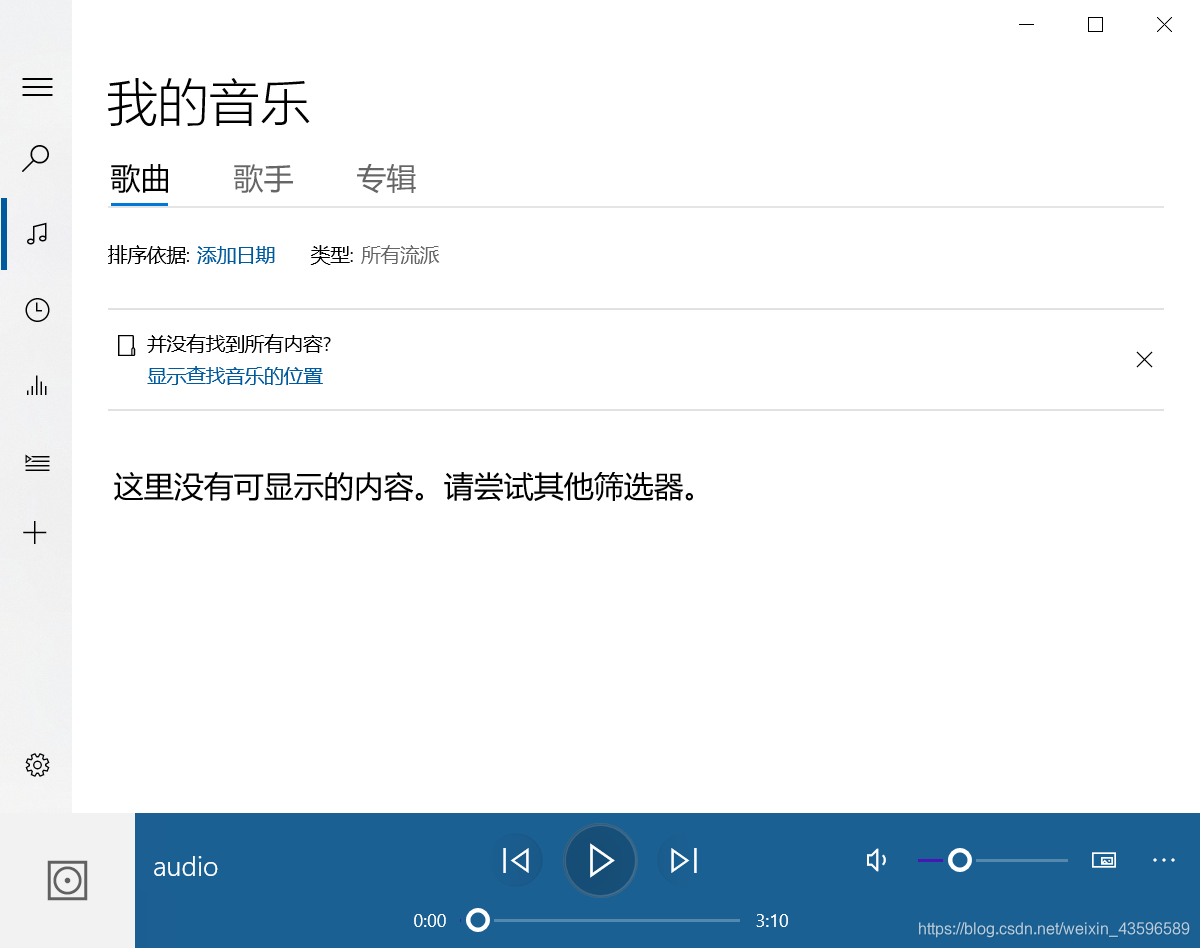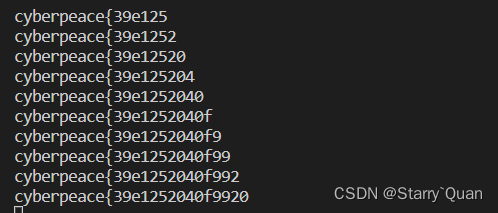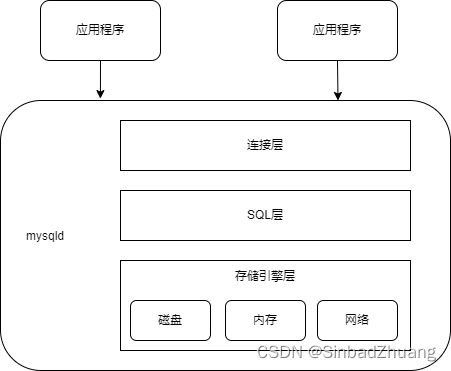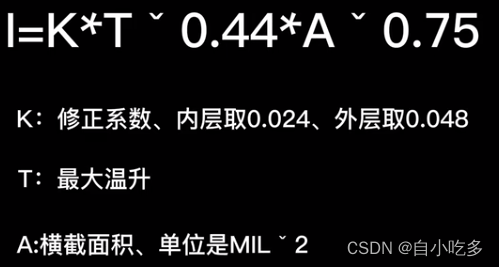API 概述
- 目录
- 概述
- 需求:
- 设计思路
- 实现思路分析
- 1.High-Level API :用于事务边界定义、控制及事务状态查询。
- 2.2. High-Level API
- 5.2.2 GlobalTransactionContext
- TransactionalTemplate
- Low-Level API
- 参考资料和推荐阅读
Survive by day and develop by night.
talk for import biz , show your perfect code,full busy,skip hardness,make a better result,wait for change,challenge Survive.
happy for hardess to solve denpendies.
目录

概述
需求:
Seata API 分为两大类:High-Level API 和 Low-Level API :
设计思路
Seata API 分为两大类:High-Level API 和 Low-Level API :
High-Level API :用于事务边界定义、控制及事务状态查询。
Low-Level API :用于控制事务上下文的传播。
实现思路分析
1.High-Level API :用于事务边界定义、控制及事务状态查询。
2.2. High-Level API
2.1 GlobalTransaction
全局事务:包括开启事务、提交、回滚、获取当前状态等方法。
public interface GlobalTransaction {
/**
* 开启一个全局事务(使用默认的事务名和超时时间)
*/
void begin() throws TransactionException;
/**
* 开启一个全局事务,并指定超时时间(使用默认的事务名)
*/
void begin(int timeout) throws TransactionException;
/**
* 开启一个全局事务,并指定事务名和超时时间
*/
void begin(int timeout, String name) throws TransactionException;
/**
* 全局提交
*/
void commit() throws TransactionException;
/**
* 全局回滚
*/
void rollback() throws TransactionException;
/**
* 获取事务的当前状态
*/
GlobalStatus getStatus() throws TransactionException;
/**
* 获取事务的 XID
*/
String getXid();
}
5.2.2 GlobalTransactionContext
GlobalTransaction 实例的获取需要通过 GlobalTransactionContext:
/**
* 获取当前的全局事务实例,如果没有则创建一个新的实例。
*/
public static GlobalTransaction getCurrentOrCreate() {
GlobalTransaction tx = getCurrent();
if (tx == null) {
return createNew();
}
return tx;
}
/**
* 重新载入给定 XID 的全局事务实例,这个实例不允许执行开启事务的操作。
* 这个 API 通常用于失败的事务的后续集中处理。
* 比如:全局提交超时,后续集中处理通过重新载入该实例,通过实例方法获取事务当前状态,并根据状态判断是否需要重试全局提交操作。
*/
public static GlobalTransaction reload(String xid) throws TransactionException {
GlobalTransaction tx = new DefaultGlobalTransaction(xid, GlobalStatus.UnKnown, GlobalTransactionRole.Launcher) {
@Override
public void begin(int timeout, String name) throws TransactionException {
throw new IllegalStateException("Never BEGIN on a RELOADED GlobalTransaction. ");
}
};
return tx;
}
TransactionalTemplate
TransactionalTemplate:
事务化模板:通过上述 GlobalTransaction 和 GlobalTransactionContext API 把一个业务服务的调用包装成带有分布式事务支持的服务。
public class TransactionalTemplate {
public Object execute(TransactionalExecutor business) throws TransactionalExecutor.ExecutionException {
// 1. 获取当前全局事务实例或创建新的实例
GlobalTransaction tx = GlobalTransactionContext.getCurrentOrCreate();
// 2. 开启全局事务
try {
tx.begin(business.timeout(), business.name());
} catch (TransactionException txe) {
// 2.1 开启失败
throw new TransactionalExecutor.ExecutionException(tx, txe,
TransactionalExecutor.Code.BeginFailure);
}
Object rs = null;
try {
// 3. 调用业务服务
rs = business.execute();
} catch (Throwable ex) {
// 业务调用本身的异常
try {
// 全局回滚
tx.rollback();
// 3.1 全局回滚成功:抛出原始业务异常
throw new TransactionalExecutor.ExecutionException(tx, TransactionalExecutor.Code.RollbackDone, ex);
} catch (TransactionException txe) {
// 3.2 全局回滚失败:
throw new TransactionalExecutor.ExecutionException(tx, txe,
TransactionalExecutor.Code.RollbackFailure, ex);
}
}
// 4. 全局提交
try {
tx.commit();
} catch (TransactionException txe) {
// 4.1 全局提交失败:
throw new TransactionalExecutor.ExecutionException(tx, txe,
TransactionalExecutor.Code.CommitFailure);
}
return rs;
}
}
Low-Level API
3.1 RootContext
事务的根上下文:负责在应用的运行时,维护 XID 。
/**
* 得到当前应用运行时的全局事务 XID
*/
public static String getXID() {
return CONTEXT_HOLDER.get(KEY_XID);
}
/**
* 将全局事务 XID 绑定到当前应用的运行时中
*/
public static void bind(String xid) {
if (LOGGER.isDebugEnabled()) {
LOGGER.debug("bind " + xid);
}
CONTEXT_HOLDER.put(KEY_XID, xid);
}
/**
* 将全局事务 XID 从当前应用的运行时中解除绑定,同时将 XID 返回
*/
public static String unbind() {
String xid = CONTEXT_HOLDER.remove(KEY_XID);
if (LOGGER.isDebugEnabled()) {
LOGGER.debug("unbind " + xid);
}
return xid;
}
/**
* 判断当前应用的运行时是否处于全局事务的上下文中
*/
public static boolean inGlobalTransaction() {
return CONTEXT_HOLDER.get(KEY_XID) != null;
}
High-Level API 的实现都是基于 RootContext 中维护的 XID 来做的。
应用的当前运行的操作是否在一个全局事务的上下文中,就是看 RootContext 中是否有 XID。
RootContext 的默认实现是基于 ThreadLocal 的,即 XID 保存在当前线程上下文中。
Low-Level API 的两个典型的应用场景:
- 远程调用事务上下文的传播
远程调用前获取当前 XID:
String xid = RootContext.getXID();
远程调用过程把 XID 也传递到服务提供方,在执行服务提供方的业务逻辑前,把 XID 绑定到当前应用的运行时:
RootContext.bind(rpcXid);
- 事务的暂停和恢复
在一个全局事务中,如果需要某些业务逻辑不在全局事务的管辖范围内,则在调用前,把 XID 解绑:
String unbindXid = RootContext.unbind();
待相关业务逻辑执行完成,再把 XID 绑定回去,即可实现全局事务的恢复:
RootContext.bind(unbindXid);
参考资料和推荐阅读
- https://seata.io/zh-cn/docs/user/api.html
欢迎阅读,各位老铁,如果对你有帮助,点个赞加个关注呗!~
